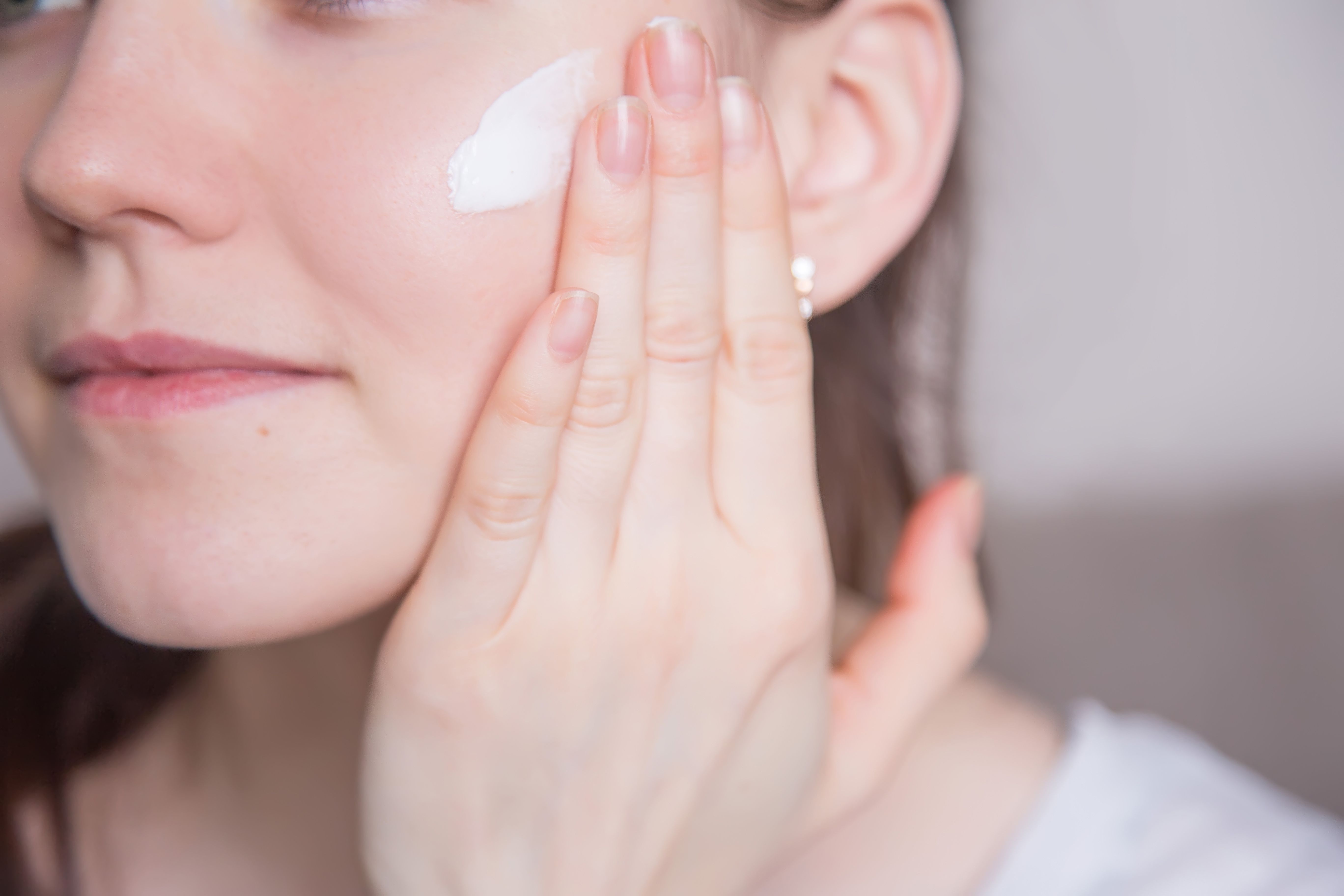- Case-Based Roundtable
- General Dermatology
- Eczema
- Chronic Hand Eczema
- Alopecia
- Aesthetics
- Vitiligo
- COVID-19
- Actinic Keratosis
- Precision Medicine and Biologics
- Rare Disease
- Wound Care
- Rosacea
- Psoriasis
- Psoriatic Arthritis
- Atopic Dermatitis
- Melasma
- NP and PA
- Skin Cancer
- Hidradenitis Suppurativa
- Drug Watch
- Pigmentary Disorders
- Acne
- Pediatric Dermatology
- Practice Management
- Prurigo Nodularis
- Buy-and-Bill
Publication
Article
Dermatology Times
Dermatologist recommended alternatives to traditional sunscreen
Author(s):
What options are available for patients who can’t wear traditional sunscreens? Zoe Diana Draelos, M.D., recommends some alternatives your patients can use to stay protected from the sun in this month’s Cosmetic Conundrums.
If your patients can't wear sunscreen, consider opaque camouflage or post-surgical facial foundations. (zatevkhin - stock.adobe.com)

Dr. Draelos

Q. What is available for skin sun protection in patients who cannot wear traditional sunscreens?
There are many alternatives to traditional sunscreens, but they cannot be labeled as sunscreens because they do not contain any of the ingredients on the sunscreen monograph and are not considered OTC drugs.
Cosmetics are excellent sunscreens and can be used effectively for sun protection. The opaque camouflage and post-surgical facial foundations offer complete sun protection based on the presence of talc, kaolin, and iron oxide. While these camouflage foundations are meant to cover dyspigmentation, they can also superbly protect the skin from sun exposure in conditions such as lupus, porphyria, polymorphous light eruption, and other photosensitive dermatoses. Since the camouflage foundations are waterproof and designed for extended wear, they can be used for swimmers who experience facial sunburns with traditional sunscreens.
Opaque lipsticks are also excellent photoprotection for lips, providing long-lasting and superior protection over clear lip balm formulations. Lipsticks are an excellent way of preventing the progression of actinic chelitis to skin cancer in mature women.
Q. Are there ways of achieving safe sun protection for eyes rather than sunscreens that may burn when they enter the eye?
Traditional liquid facial sunscreens burn when they enter the eyes, which is a common occurrence when sweating heavily. An excellent alternative, especially in children, is the use of a sunscreen-containing lip balm around the eyes. Lip balms are designed to be non-irritating on the tender lips and to stay in place. The soft lip balm will glide over the skin and the waxy base will keep the sunscreen in place. The soft stick can be used on the upper and lower eyelids. These are the same attributes required of a periorbital sunscreen. However, many companies are now making stick sunscreens for use in the eye area, but lip balm can be used in a pinch.
Q. Can eye cosmetics prevent cataracts and skin cancer?
Eye cosmetics were originally developed in Egypt for sun protection and the prevention of infection. Many of the popular Egyptian eye cosmetics contained kohl, a dark black pigment. This pigment absorbed light energy around the eyes, decreasing the amount entering the eye and acting similarly to modern day sunglasses. Kohl also possesses antibacterial properties.
Modern eye cosmetics can also provide protection. The opaque cream eye shadows are excellent sun protection for the eyelids. Dark colors around the eyes, such as eyeliner and mascara, can also decrease the amount of light and UV that enters the eye, possibly decreasing the chance of cataracts. The sides of the nasal root are the light concentrating sites for the eyes. Applying facial foundation, powder, or eye shadow to the sides of the nasal root can decrease the amount of light reflected into the eyes, also helping decrease cataract formation






